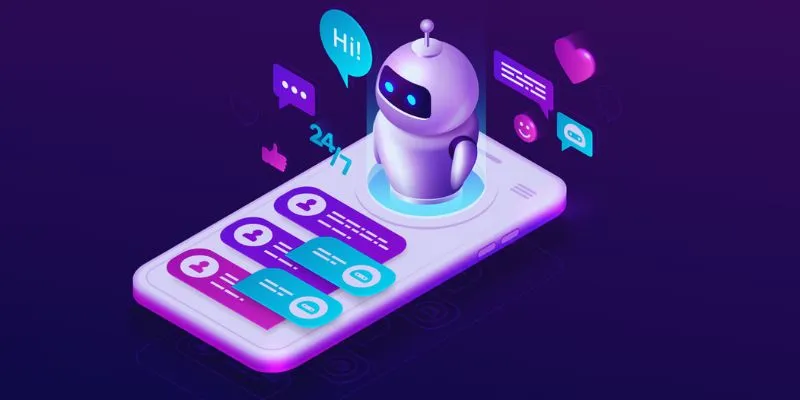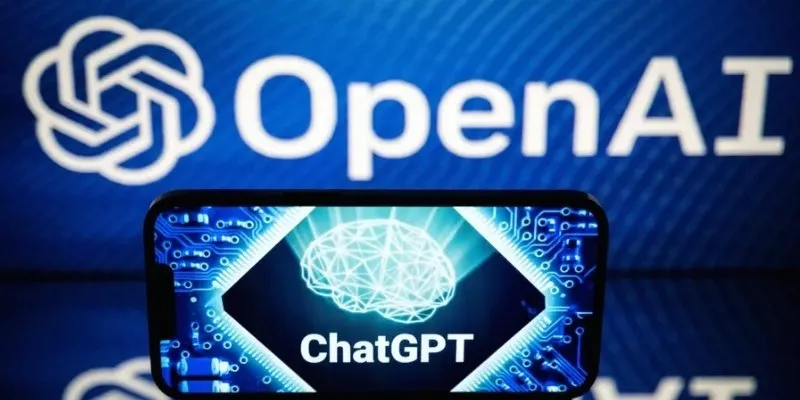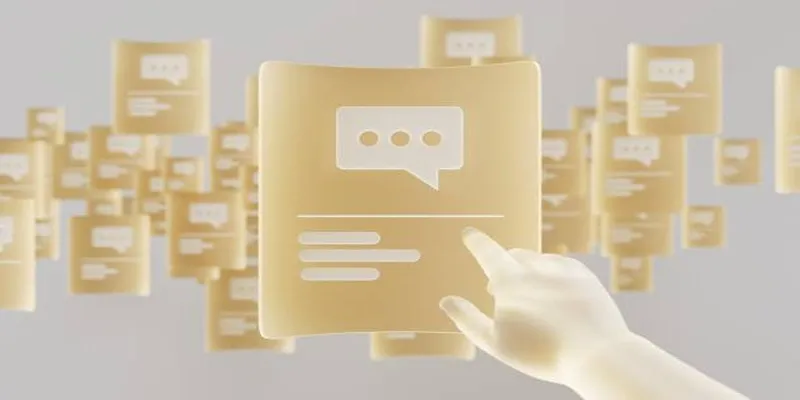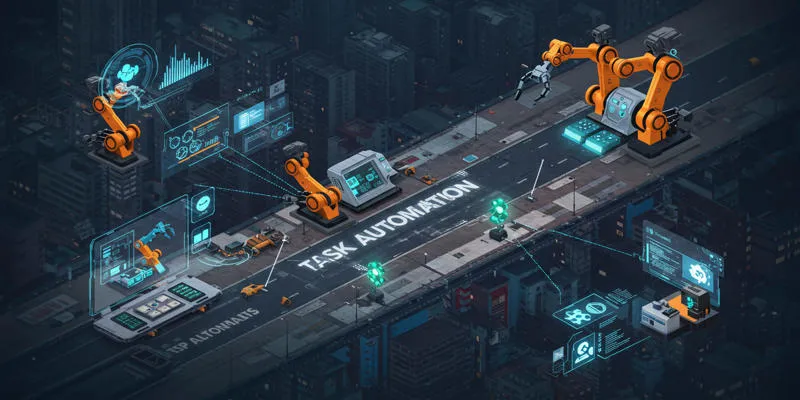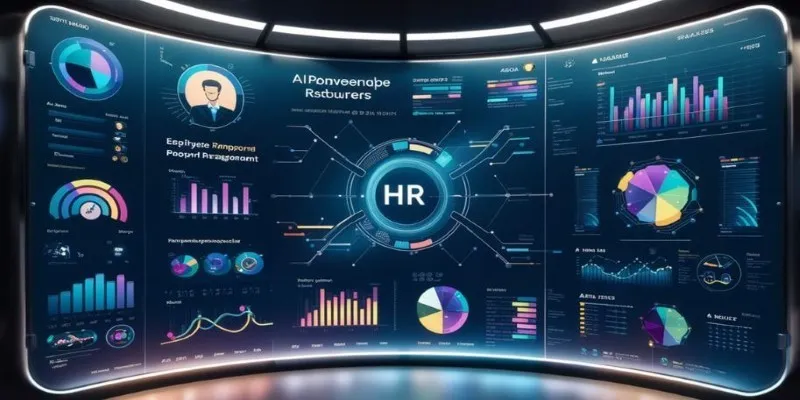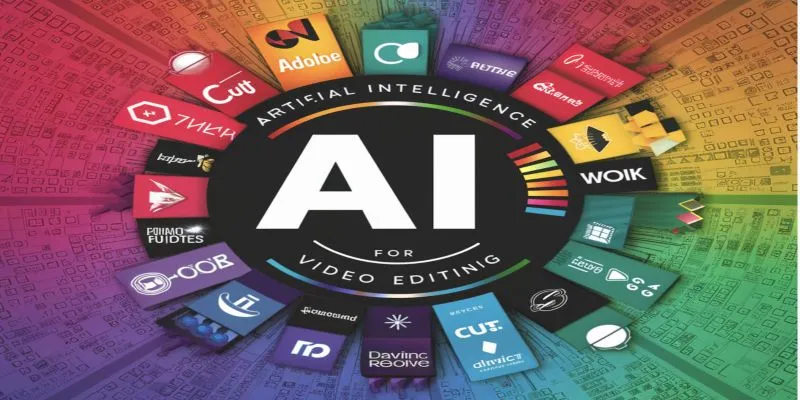Chatbots are revolutionizing customer service by providing faster and more accessible assistance. When chatbots have focused goals, they can answer questions, solve problems, and guide customers more effectively. This focus ensures they remain efficient and attuned to customer needs, helping businesses save time, enhance service, and create satisfied customers in a smart and reliable manner.
The Role of Focused Goals in Chatbot Performance
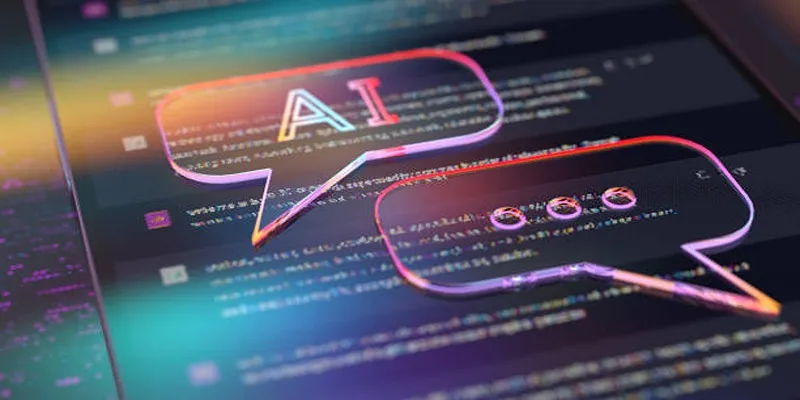
Chatbots are gaining popularity in the customer service industry due to their ability to provide quick and efficient assistance. However, not all chatbots are equally effective. A chatbot’s success is directly related to its goals and how well it can execute them.
Having focused goals is crucial for a chatbot’s performance as it provides a clear purpose and direction in customer interactions. This increases the likelihood of understanding customer needs and responding appropriately, rather than offering generic or irrelevant responses.
The Benefits of Goal-Oriented Chatbots
1. Faster Resolutions
Focused chatbots streamline the customer service process by addressing specific problems promptly. For instance, a chatbot designed solely for tracking orders efficiently avoids unnecessary workflows or questions unrelated to delivery updates.
2. Improved Customer Satisfaction
When chatbots consistently achieve their objectives, customers are more likely to have positive interactions with your brand. The ability of a chatbot to resolve issues with minimal user effort builds trust and loyalty.
3. Higher Efficiency
Defining clear goals allows chatbots to operate more efficiently. By excelling in their specific tasks, they free up human agents to focus on more complex issues requiring a personal touch.
4. Actionable Insights
Goal-oriented chatbots generate valuable insights into customer needs and behaviors. Clear objectives make it easier to track key metrics such as task completion rates, satisfaction scores, and drop-off points, informing future improvements to the chatbot and broader customer service strategies.
Setting Focused Goals for Chatbots
Building a chatbot with focused goals starts by identifying the problem(s) it’s meant to solve. Here’s how to define and execute those goals for maximum impact.
Define the Purpose
Consider these key questions before building or reworking your chatbot:
- What is the core problem this chatbot will address? For example, will it answer billing questions, provide troubleshooting support, or assist with product recommendations?
- Who is the chatbot’s target audience? Different customer personas may require different chatbot functionalities.
The purpose of your chatbot should align directly with your broader business and customer service goals.
Narrow Its Scope
A common mistake is trying to make a chatbot do too much. Instead of creating a chatbot that can handle every possible question or interaction, start with a smaller scope and focus on solving one specific problem. This simplifies development and enhances the user experience by avoiding confusion and information overload.
For example, instead of designing a chatbot that handles everything from sales inquiries to IT support, businesses should create multiple chatbots specializing in specific areas.
Examples of focused chatbot goals include:
- Booking appointments
- Providing order status updates
- Answering basic product questions
- Handling simple payment inquiries
Train for Specific Tasks
To keep your chatbot’s goals actionable and impactful, ensure it’s trained with robust, task-specific data. Technologies like Natural Language Processing (NLP) and machine learning can help chatbots understand and respond to customer inquiries effectively.
If your chatbot’s goal is to help customers troubleshoot internet issues, it should be equipped with FAQs, step-by-step troubleshooting guides, and contextual responses specific to this subject matter.
Limit Responses to Relevant Scenarios
To reinforce focused goals, restrict the chatbot’s dialogue to its area of expertise. Clearly communicate what the chatbot can and cannot do to manage customer expectations. If a customer asks an unrelated question, the bot can politely redirect them to a human agent or another relevant resource.
For example:
- If a chatbot specializes in booking hotel stays and the customer inquires about airport shuttle schedules, the bot might respond with:
“I’m here to help book rooms! For transportation inquiries, please visit our FAQ page or connect with an agent here.”
Continuously Optimize
A chatbot’s success doesn’t stop at launch. Regular analysis and optimization are key to maintaining its effectiveness. Use metrics like customer satisfaction scores (CSAT), first response time, and task completion rates to measure how well your chatbot is meeting its goals.
Make adjustments as needed. If customers are dropping off at a specific step in the chatbot’s workflow, revisit this interaction and refine it.
Pair Your Chatbot with Human Support
An essential part of goal-oriented chatbot success is understanding its limitations. Even the most focused chatbot cannot handle every customer query. Allow for a seamless transition to human support when more complex inquiries arise.
Clearly communicate when and how to escalate issues to live agents. For instance, a chatbot might say, “I’ll connect you to one of our experts. Please hold for just a moment.”
Future Trends and Innovations in Chatbot Goal Design

Here are some future trends and innovations in chatbot goal design that businesses should keep an eye on:
- Emotional Intelligence - Chatbots with emotional intelligence can understand and respond to human emotions, making interactions more personalized and empathetic. This can greatly enhance the customer experience and strengthen relationships between customers and businesses.
- Multilingual Capabilities - As globalization becomes increasingly prevalent, it is important for businesses to communicate with customers in their own language. Chatbots with multilingual capabilities will become essential for businesses operating in diverse markets. By using natural language processing and translation technology, chatbots can effectively communicate with customers in their preferred language.
Conclusion
Chatbots with focused goals bridge the gap between businesses and customers by solving specific problems quickly and effectively. By narrowing their scope, training them for success, and regularly improving their performance, businesses create bots that enhance customer satisfaction while boosting efficiency and reducing costs. If you’re ready to elevate your customer service with goal-driven chatbots, begin by identifying the challenges your customers face most frequently.
 zfn9
zfn9


